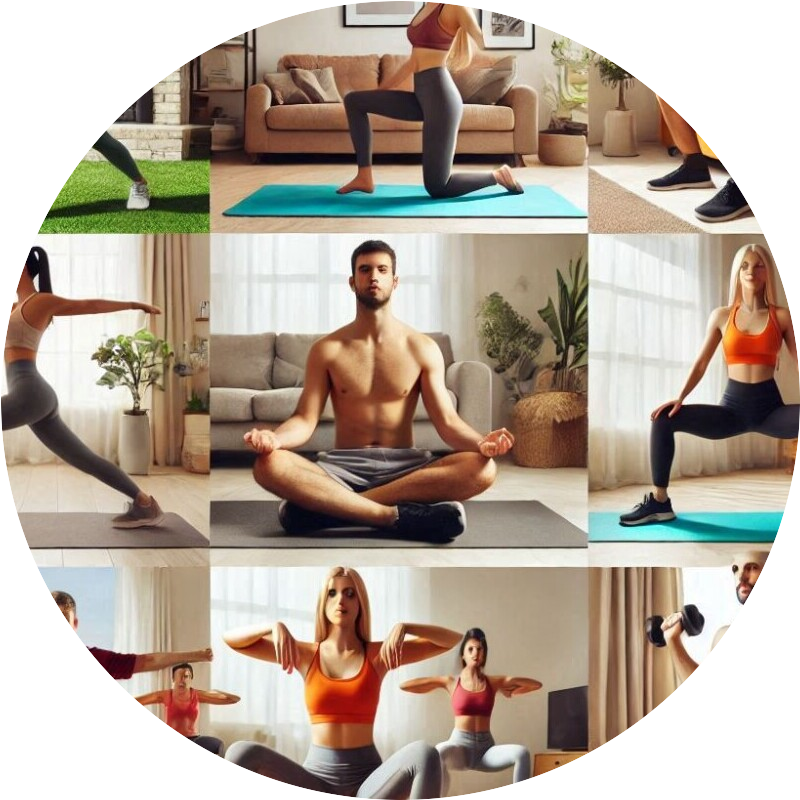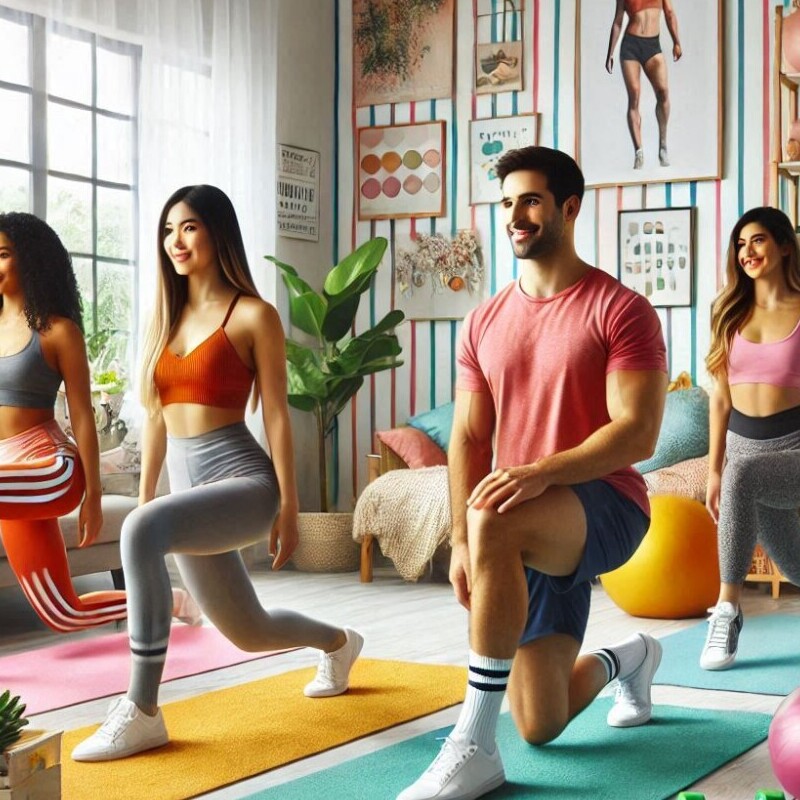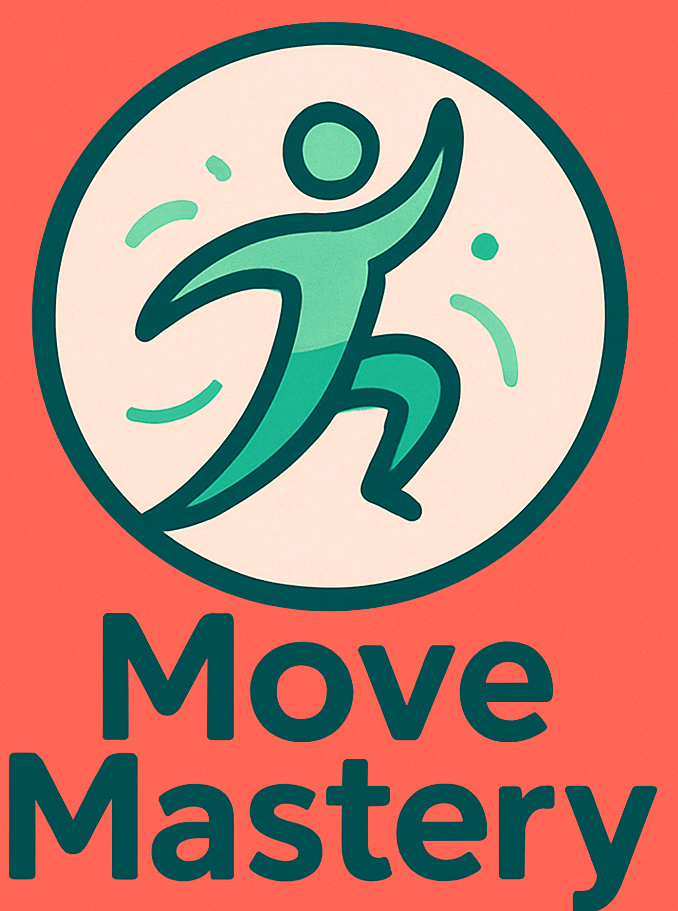
So you’re diving into bodyweight training. This isn’t just about physical transformation; it’s a total lifestyle reboot. Bodyweight exercises come with tons of perks. I’m talking zero equipment, adaptability, and big time convenience. Think about no gym membership or fancy gear. You can literally whip out a killer workout anytime, anywhere. Perfect for folks who need flexibility in their lives.
Goal setting is your first pitstop. Clear aims keep you on track and driven. Dreaming of building strength, shredding some weight, or maybe a bit of both? Whatever it is, setting realistic milestones is crucial. Trust me, seeing small wins early on often fires up motivation. Without solid goals, it’s easy to fall off the wagon.
Ever worked out without good vibes around you? Not fun. Curate that workout playlist, clear out some space, and find a routine that feels like a mini escape from the daily grind. Some days you might not feel like moving, and that’s when environment counts. Honest to goodness, the right setup makes you wanna keep going.
Let’s chat about form. This is the holy grail of bodyweight exercises. Why? Because flawless form prevents injuries. Let that sink in. This isn’t about cranking out speedy reps. Slow it down, focus on technique. Ensure you’re engaging the right muscles. It’s about quality, not quantity.
Kick things off with some classic moves. Think bodyweight squats for those glutes, push-ups to get those arms working, and planks for a solid core. These exercises aren’t just effective but perfect for mapping your progress. Start light, and don’t forget to breathe through each move. It’s your foundation week; it’s all about setting up for what’s to come.
Week 2: Building a Routine – Leg Day Focus

Time to talk legs. They’re your body’s powerhouse. Often underestimated, strong legs fuel everything from running to lifting. It’s not just about looks – they play a key role in stability and injury prevention.
Start with lunges. They’re a smart way to tackle multiple muscle groups. Front, back, side lunges – mix it up to see what feels right for your body. Every type hits your legs differently and builds comprehensive strength.
Calf raises are next on the list. Tiny but mighty, those calf muscles often get neglected. Add single-leg raises to up the intensity. You might feel the burn, but your balance and coordination will thank you.
Don’t skip the glute bridges for the back of your legs and butt. These are perfect for that full lower-body burn and are gentle on your joints. Form here is essential, so straighten out that posture and squeeze hard at the top.
Let’s chat about rest days. Legs need recovery time to rebuild stronger. Don’t rush back without letting them heal. Overtraining is a real no-no, leading to fatigue, not gains.
Tracking progress can keep your enthusiasm sky-high. Measure strength changes: like increased reps without feeling wiped or quicker recovery times. Snap a weekly pic or note lift improvements. One step at a time, you’re moving forward.
Fueling your body is half the journey. Protein is your new best friend. Eggs, chicken, lentils, you name it. They’re perfect for muscle growth. But balance is key – pair proteins with good carbs for energy throughout your workouts. Feed those gains!
Leg day isn’t just a routine; it’s the backbone of your training program. So embrace it, and watch how the rest of your body follows suit.
Week 3: Engaging the Upper Body – Arm Day Excellence

Arms are up for some serious attention now. They’re not just for show; strong arms are crucial for almost every upper-body activity. We’ll dive into ways to sculpt those triceps and biceps using just your body weight.
Tricep dips should be in your arm workout arsenal. You can even use your couch or a sturdy chair. Perfect for targeting those back arm muscles. Keep your elbows close, and let your upper arms do the magic.
Ever tried bicep curls without weights? Time to get creative. Use resistance bands or just your body’s natural resistance. Focus on slow, controlled movements to really feel the muscles working.
Shoulder presses might seem tricky without weights, but they’re a fantastic way to round out arm day. Go for simple isometric holds or downward dogs to work those shoulders with precision.
Switching up exercises is vital. Variety keeps your muscles guessing and helps avoid hitting a plateau. Throw in different angles, reps, and even tempos to keep things fresh and challenging.
Muscle fatigue can hit hard, but it’s just your muscles getting prepped to grow. Listen to your body. If it’s screaming for a break, it means rest is due. More gains in the long run.
Let’s get hydration and diet into the spotlight. Water keeps those muscles pumped and ready to flex. A balanced diet full of veggies fuels your workouts, and the right nutrients post-session speed up recovery.
Arms might be seen as show-off muscles, but they’re way more. Get them strong, and you’ll find a new respect for how they support your fitness journey.
Week 4: Holistic Approach – Core and Conditioning
Your core is the unsung hero of nearly every movement. A strong midsection acts as your body’s central stabilizer, affecting posture and balance in a big way.
Russian twists are your starting point for intense core activation. You don’t need weights—focus on form, rotating your torso slowly to amp up those obliques.
Leg raises give your lower abs a workout like no other. It’s about control, so take it slow and steady. Remember, it’s not a race; it’s about engaging those muscles.
Mountain climbers not only strengthen your core but also give your heart a bit of a workout. Keep your pace consistent and feel the burn spread across your body.
Integrating cardio is key for core training, boosting endurance, and energy levels. Think jumping jacks or burpees for a mix of heart-thumping and core-tightening action.
Breathing right makes a world of difference. Inhale on exertion, exhale on release. Sounds simple, but it transforms how your body handles pressure during exercises.
Fueling your energy with the right diet can’t be stressed enough. Balance is golden: carbs to power through those intense sessions and protein to repair post-workout.
Core work is more than aesthetics; it’s about boosting overall strength and functional fitness. Commit to nurturing your core, and you’ll notice improvements in all areas.
Continuing Progress: Next Steps for Advancing Fitness

Reflecting on the past month is crucial. Think about what’s worked, what’s been a challenge, and what’s surprised you. These insights are golden for carving out the path ahead in your fitness journey.
Evaluation isn’t about picking faults; it’s about growth. Identify areas that feel ready for a boost or need tweaking. Maybe more reps on the lunges or variety in your arm exercises. Tailor your routine based on these reflections.
Bodyweight exercises have infinite variations. Exploit these to keep the challenge alive. Advanced push-ups or one-legged squats can push your limits further. Adjust difficulty to match your evolving strength and endurance.
Staying motivated through acknowledgment of achievements fuels progress. Celebrate every small victory, whether it’s an extra rep or improved form. Motivation isn’t static; it thrives on recognition and setting new benchmarks.
The next phase is all about upping the ante. Set clear objectives for month two. Maybe it’s focusing more on flexibility or dedicating extra time to cardio. Crystal clear goals align your workouts with your bigger fitness aspirations.
This month laid a solid foundation. The journey continues with enthusiasm and informed choices, paving the way for sustainable and impactful changes.
<script async src="https://pagead2.googlesyndication.com/pagead/js/adsbygoogle.js?client=ca-pub-9579274113620902"
crossorigin="anonymous"></script>